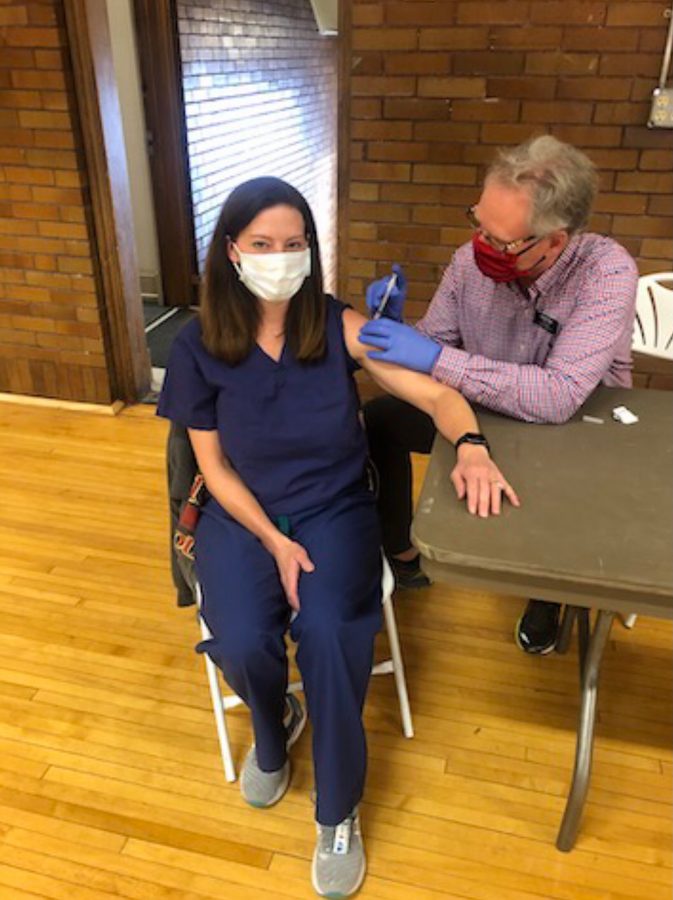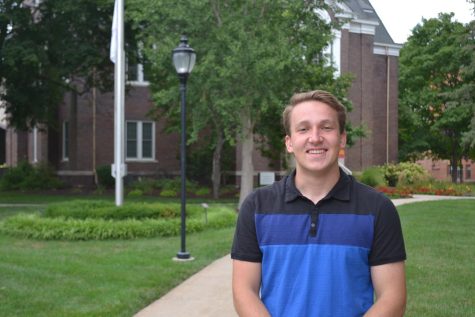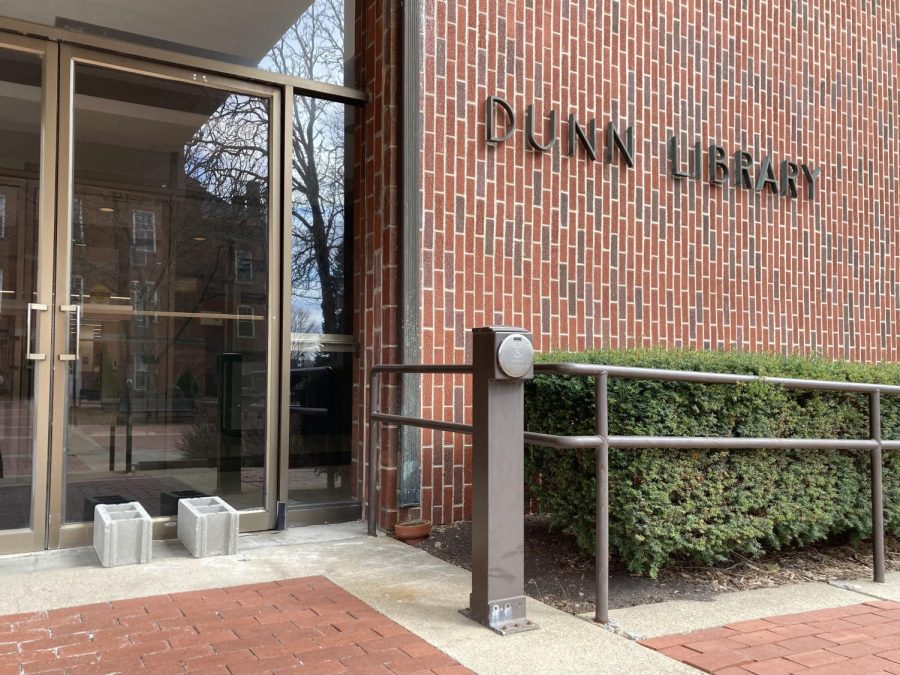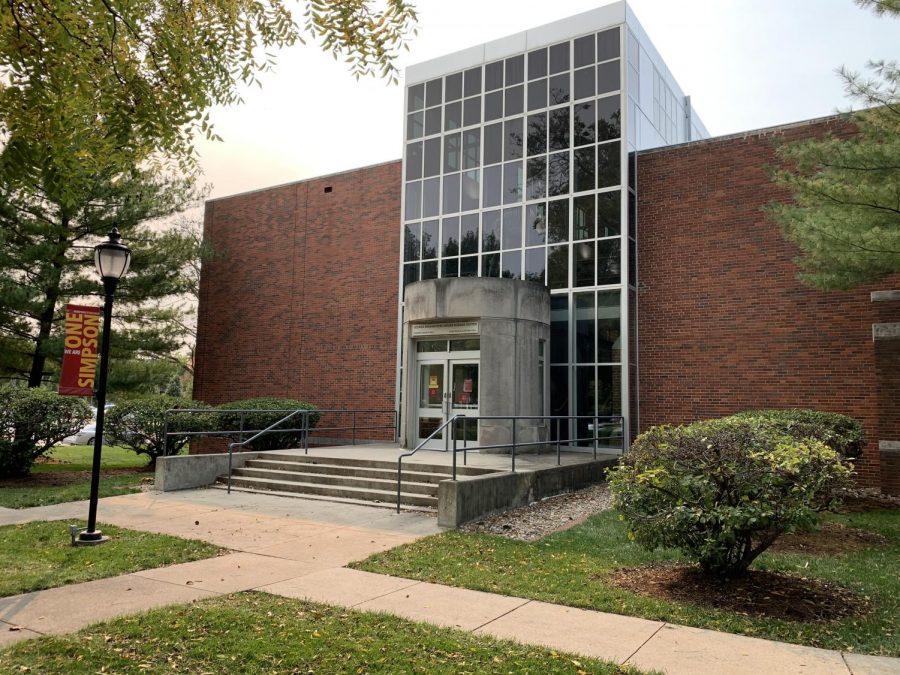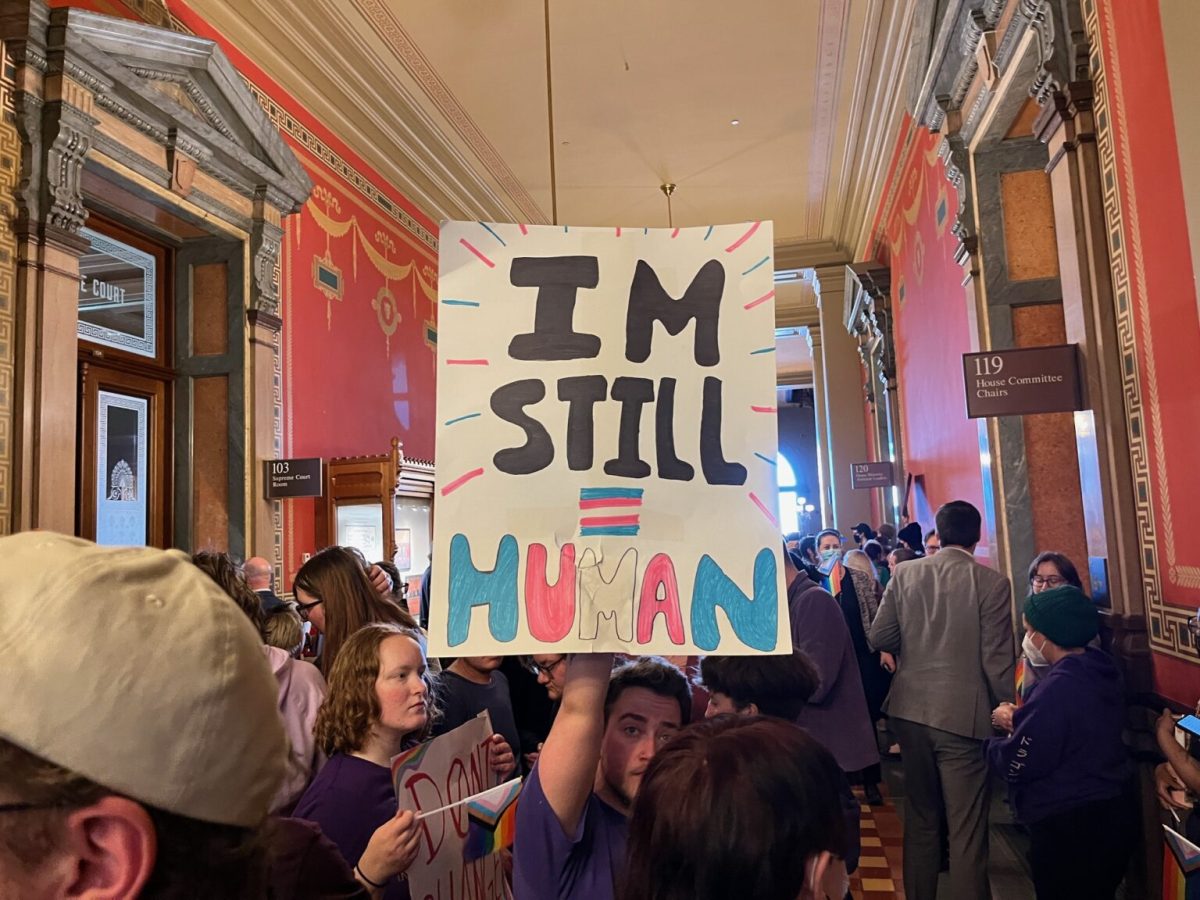Early doses of the COVID-19 vaccine yield optimistic reviews
Director of Health Services Katie Lee receives the COVID-19 vaccine on campus. (Photo via COVIDResponse email on 1/4/21)
January 27, 2021
As the spring semester begins, several students and faculty members are kicking COVID-19 to the curb by receiving their first doses of the much-anticipated vaccine.
Although no forms of the vaccine have been distributed to common college students, side jobs and positions are allowing some Simpson students and faculty to jump in the line a few spots.
Director of Health Services Katie Lee secured the vaccine through her position in health services, putting her at higher risk of COVID-19 than most.
“Initially, I had some reservations about getting the vaccines, but once I did my research, I felt more than comfortable getting the vaccine,” Lee said.
Lee referenced Operation Warp Speed’s experiment done with upwards of 30,000 participants, in which half received the Pfizer vaccine and half received a placebo, as one that comforted her most.
“The number of participants and the prevalence of COVID in the community allowed researchers to gather reliable data quickly. In addition, most vaccine participants are followed for only six weeks. The recipients in the COVID vaccine studies were followed longer than six weeks,” she said. “I felt comfort in seeing there were no long term side effects noted.”
Lee also discussed the possibility of a single-dose vaccine being available in the future, allowing recipients to only receive one administration instead of the current two.
“It’s a game-changer because I think we will be able to vaccinate a lot of people in a
short amount of time,” she said. “People will not have to return on a specific day or time for a second vaccine to reach efficacy.”
Lee also mentioned that she is advocating for the distribution of vaccines to college campuses to be moved up due to the nature of college campuses being high-risk. Lee is a member of the Iowa Nurses of College Health (INCH), which has been pushing back against the guidelines set forth thus far about when certain groupings can be vaccinated.
“The most infected age group is 18 to 29 years old, and this puts students and college workers at a higher risk,” Lee said. “I was told they would possibly reconsider the plan to move college students, faculty and staff up in the plan eventually, but they do seem pretty firm about the current plan they have set forth for the time being.”
However, it is not only Lee and the INCH that are pushing for the amendment to the vaccine pecking order; there is also more support at the national level.
“The American College Health Association (ACHA) is advocating to the federal government to offer vaccines to college students with the idea of getting everyone vaccinated before they have to go home for the summer,” Lee said.
As of 5 a.m. on Jan. 25, the Centers for Disease Control and Prevention reported that over 41 million doses of COVID-19 vaccines have been distributed and that over 22 million have been administered. According to the Iowa Department of Public Health (IDPH), just shy of 200,000 of those doses have been administered in Iowa.
Jorge Castelan received the vaccine earlier than most due to his position as a medical scribe at Mercy Medical Center in Des Moines. Although he was not required to get the immunization, Castelan was heavily recommended to do so; he received the Pfizer vaccine.
“It was very organized. We had to sign up for a 15-minute window,” Castelan said. “It was very quick and easy. They just kept us there an extra 15 minutes to make sure there were no allergic reactions after the fact.”
The junior reported no major symptoms from the shot, but he admitted his arm hurt for about a day or so after the injection. Castelan said that he was receiving questionnaires checking up on his well-being after the vaccine and making sure nothing happened after he left the facility.
“It asks how I’m feeling if I have any pain or new symptoms,” he said. “It also checks if we have any adverse reactions they didn’t account for during testing.”
Senior Maria Garcia works as a medical scribe at Unity Point Hospitals in Des Moines, and like Castelan, opted to receive the Pfizer dosage without being required to do so.
“I would recommend that you get the vaccine in your less dominant arm,” she said. “The day I got the vaccine, I felt fine, but later that night and the next day, there was a lot of aching and muscle pain.”
However, the senior would strongly recommend receiving the vaccine and reading all the information you need to feel comfortable about getting the inoculation.
“It’s really nice because you have the paper there with information comparing and contrasting both of the vaccines,” Garcia said. “It was also helpful to have truths about myths and other tidbits of information all presented to you right there.”
Sophomore Aiden Ruble echoed Castelan and Garcia’s Pfizer vaccine comments with his experience undergoing the Moderna vaccine.
“It was the most painless experience possible,” he said. “I stayed in my car the entire time, and the vaccine only took five minutes total to get.”
According to the IDPH, the current plan is, to begin with, Phase 1B of the vaccine on Feb. 1 to immunize first responders (fire and police staff), pre-K through twelfth-grade teachers, government officials, inspectors and people living in congregated settings.



